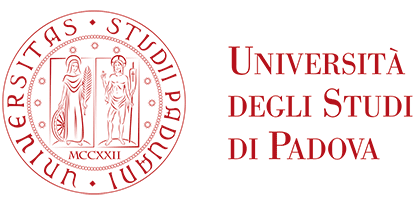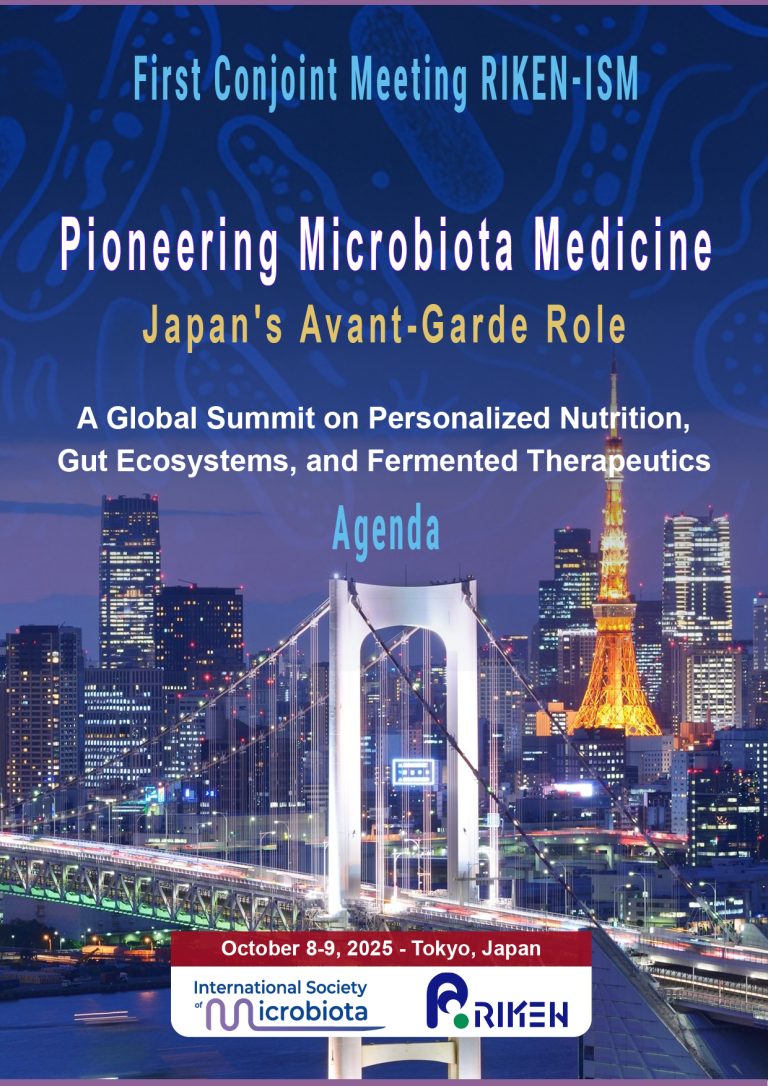General Information
How to get to Porto
Porto is a major infrastructural hub of north Portugal, which is why it can be easily reached by a variety of means of transport. Foreign visitors might find it at hand to get to Porto by plane, the closest airport being Francisco Sa Carneiro Airport, located about 11 kilometers north of the center of the city. Getting to Porto by train is, again, a reliable alternative. Driving to Porto is yet another solution. Thus, depending on each tourist’s vacation priorities and point of departure, they can select the most convenient manner of traveling to Porto.
By plane
Francisco Sa Carneiro Airport is located on the north outskirts of Porto, about 11 kilometers from the center of the city. It is serviced by some 20 airline companies which operate both business class and low cost flights, such as Luxair, TAP Portugal, Ryanair, Air Berlin, Air Transat and Aigle Azur. These airline companies establish connections between Porto and sundry national and international destinations, such as Lisbon itself, Brussels, Toronto, Montreal, Milan, Paris, Madrid and Frankfurt, Bordeaux and London.
The airport transfer means are highly reliable, Francisco Sa Carneiro Airport being accessible by both public means of transport (buses and metros) and private means (rented cars and taxis).
- Website: www.ana.pt
By train
In north Portugal, Porto is the most important railway hub of all the cities. It is services by two main train stations. Estacao de Sao Bento (Sao Bento Train Station) is located in central Porto, in Praca Almeida Garrett, being the terminal of regional trains which travel between Porto and sundry north destinations (such as Braga, Viana do Castelo and Duoro).
Estacao de Campanha (Campanha Train Station) is the terminal of trains leaving for and arriving from the south (Lisbon included). Thus, a train trip between Porto and Lisbon takes about three hours, but what is also worth mentioning is the said Estacao de Campanha is also used by trains which establish international railway connections.
In order to learn more about the railway routes between Porto and sundry other national and international destinations, train schedules, ticket prices and the like, please visit Comboios de Portugal.
By bus
Getting to Porto by bus is yet another inspired alternative for people who travel from abroad and for nationals alike. Bus trips have their inner advantages, and they can be taken into account by people who, for one reason or another, rule out flights and train trips, eventually opting for this manner of transport.
Rede Nacional de Expressos
The Lisbon headquartered Rede Nacional de Expressos links Porto to virtually the entire Portugal. One of the most frequented routes is the one between Porto and Lisbon. Thus, the company operates 9 trips a day between the capital and Porto, which is fairly reassuring for all tourists (business and pleasure tourists alike) who need to get from one destination to another in a relatively short time.
For complete and updated information on the bus trips, arrivals and departures, network of lines, as well as ticket prices and the like, follow the indications below:
Website: www.rede-expressos.pt
InterNorte
InterNorte might come in handy for tourists who want to travel between Porto and Lisbon, but the services of this company can also be opted for in case travelers want to go from Portugal to Paris. The company has quarters in Porto and Lisbon alike, but it also has branch offices in Paris and two other locations in France.
In order to learn more about the bus trips operated by InterNorte, bus schedules, ticket prices and the like, use the indications below:
- Website: www.internorte.pt
Eurolines
Unsurprisingly, Eurolines offers the best deals when it comes to international connections between Porto and sundry destinations on the continent. One of the Portuguese headquarters of the company is in Lisbon, but Eurolines also has a branch office in Porto.
For complete information on the bus line network between Porto and the cities of Europe, bus schedules, ticket prices, trip duration and the like, follow the indications below:
- Website: www.eurolines.com / www.lusoeurolines.com.pt
- News source: http://www.porto-tourism.com/how-to-get-to-porto.html
Who attended Targeting Microbiota 2018 congress
|
Biocodex (Supporter) |
Korea Advanced Institute Of Science And Technology (Kaist) |
Abstracts Book of the First ISM symposium on Food & Microbiota 2018 is available to order

The First Symposium of ISM for Microbiota & Food 2018 was held successfully in June 14, 2018, in Paris, France.
The Abstracts book of First ISM Symposium contains all the Short oral presentations presented during the first symposium.
If you have not participated to the symposium, you can order this Abstracts Book in PDF Format by clicking here.
To know more about Abstract Book, please click here check "Table of Contents"
Introduction remarks by Pr Peter C. Konturek, new President of ISM
Dear Colleagues,
The 5th World Congress of Targeting Microbiota in Berlin was very successful and I am happy to announce the next conference in Porto/Portugal. The last meeting attended more than 350 participants and the scientific level of the conference was very high. Thanks to the tireless support of Prof. Marvin Edeas, from Institute Cochin, we were able to invite leading microbiota scientists from all over the world. The venue has created occasions and basis for further scientific networks and collaborations between the attenders as well as a stronger relationship between basic research and clinical aspects.
Microbiota is one of the most important topics of medicine in this decade. Due to huge advancements in microbiota technology, the enormous progress in understanding of the function of microorganisms in different ecological niches such as gut, skin, lung, oral cavity and etc. has been achieved. The greatest progress has been made in the area of gut microbiota. A number of important axes between gut microbiota and extra-intestinal organs such as liver, skin, brain, lungs or kidney have been described. While most advances have been made in the area related to bacterial communities, further research need to be extended to other classes of microbes such as fungi, viruses and bacteriophages. Furthermore, to achieve precise microbiome-based medicine in the future, it is necessary to understand which microorganisms mediate important microbiome-host interactions under health and disease conditions. The recent studies have revealed that Feacalibacterium prausnitzi could be beneficial in the treatment of inflammatory bowel disease, and Akkermansia muciniphila for improving metabolic health.
The concept that the gut microbiota plays a central role in health and disease is now well established. The next goal is to therapeutically manipulate microbiota to promote health and prevent chronic diseases.
For me as a clinician and gastroenterologist, the most important is the translation of basic science into clinical practice.
The future interventional trails using different modulators of microbiota will be ultimately needed to determine the impact of microbiota in human health. The first clinical studies using fecal microbiota transfer showed that this method may be very effective in the treatment of infectious and inflammatory diseases of the gut.
For this reason, the main strategy for the 6th World Congress of Targeting Microbiota in 2018 in Porto will be a strong communication between basic, pre-clinical scientists and clinicians.
Let’s see again for creating the big family of Microbiota! This is my real wish as ISM President.
Looking forward to seeing you soon, my warmest regards.
 Prof. Peter C. Konturek
Prof. Peter C. Konturek
President of the International Society of Microbiota




























































